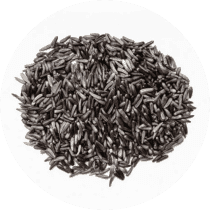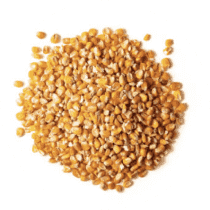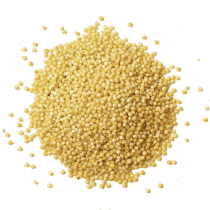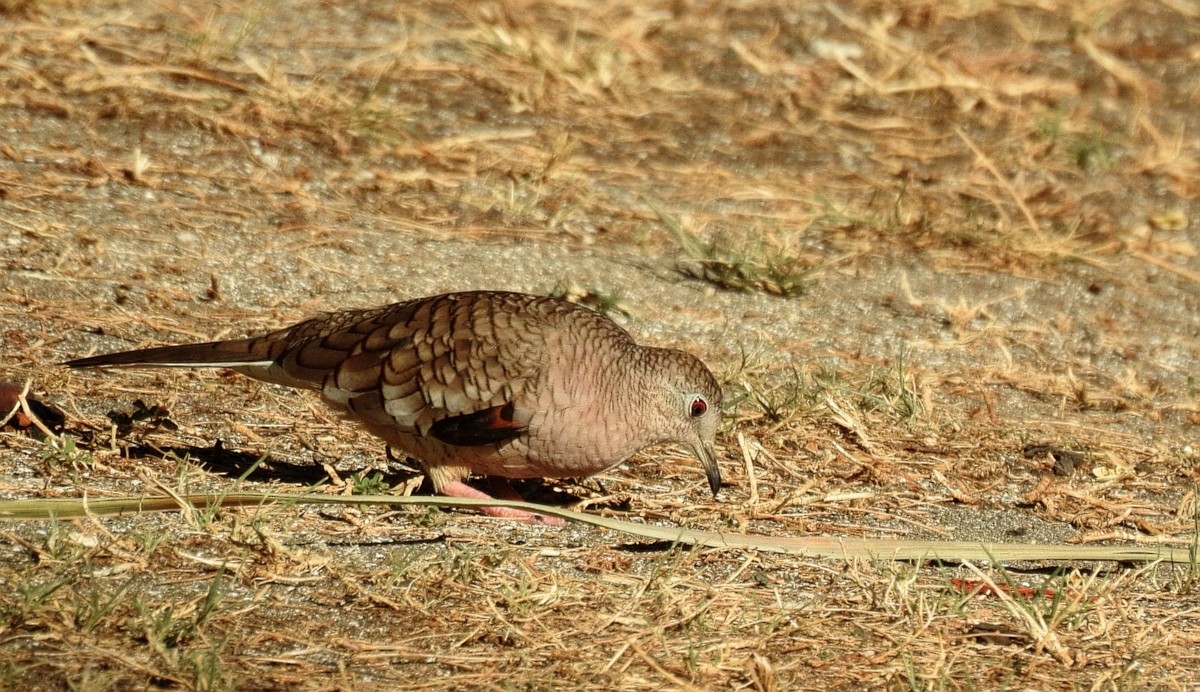Inca Dove
A species of Columbina Ground Doves Scientific name : Columbina inca Genus : Columbina Ground Doves
Inca Dove, A species of Columbina Ground Doves
Botanical name: Columbina inca
Genus: Columbina Ground Doves
Content
Description People often ask General Info
Description
The inca Dove is a small, compact dove with distinctive pale gray plumage and a long tail. It is found in a wide range of habitats, including urban areas, deserts, and grasslands throughout the southwestern United States and northern Mexico. The Inca Dove feeds mainly on seeds, and their cooing call is a common sound in their habitats. They are known for their fast, bouncy flight and their tendency to mate for life. 
Size
19-22 cm (7.5-8.5 in)
Colors
Brown
Gray
White
Life Expectancy
2-7 years
Nest Placement
Shrub
Incubation Period
2 - 5 broods
Number of Broods
13 - 15 days
Nestling Period
12 - 16 days
Feeding Habits
Inca Dove predominantly consume seeds, including those from grasses, flowers, and shrubs. They forage on the ground and also feed on grains such as black oil sunflower seeds, cracked corn, millet, and nyjer seeds from bird feeders.
Habitat
Inca Dove are found in regions ranging from dry areas of the Southwest to Central America, preferring habitats that provide a mix of open ground and scattered vegetation. They thrive at lower altitudes with a warm climate, frequenting farmlands, parks, suburbs, and urban areas. Their ideal environment includes sparse trees and shrubs, such as palo verde and oak, and they tend to avoid forested regions. These birds are adaptable and often benefit from irrigated lands, which offer plentiful grass seeds and water resources.
Nest Behavior
Both inca Dove parents collaborate to construct the nest over approximately 3 days. They exhibit multiple nesting attempts within a year, frequently repurposing the same nest.
Nest Characteristics
Inca Dove typically select trees, shrubs, utility poles, and man-made structures for nest sites. Nests are built at varying heights, with a range from half a foot to 50 feet. The structure is a flimsy platform made of grass, twigs, leaves, rootlets, and bark, sized at about 2 inches across and 1 inch high. Occasionally lined with grass or feathers, these nests, often reused, become solidified with nestling excrement over time.
Dite type
Granivorous
People often ask
General Info
Feeding Habits
Bird food type

Black Oil Sunflower Seeds

Hulled Sunflower Seeds

Nyjer

Cracked Corn

Millet
Bird Feeder Type

Large Hopper

Platform

Ground
Sounds
Song
Recording location: Costa Rica
Song
Recording location: Mexico
Behavior
Inca Dove display a range of behaviors that make them unique in their habitats. They forage for seeds and grains on the ground, moving vegetation with a side-to-side bill motion, and may form groups during this activity. Upon disturbance, inca Dove show a characteristic flight, revealing chestnut underwings and white tail feathers, typically resettling nearby. Males exhibit territoriality through a zigzag walk and may become confrontational. Inca Dove form monogamous bonds, initiating with head bobbing from the male, followed by mutual preening, and culminating in the male's tail fanning display. Post-courting, the male guards the female, especially during nest-building.
Distribution Area
The Inca dove ranges from Costa Rica in the south to the American Southwest in the north and is often common to abundant in suitable habitat. Its range has been expanding northward and southward the past few decades. Despite being named after the Inca Empire, this species does not occur in any of the lands that once constituted that empire. Inca doves are expanding their range in the north and south. This terrestrial species forms flocks in deserts, scrublands and cultivated areas and may also be found in urban settings where they feed upon grass seeds and take advantage of the ready availability of water from agricultural and suburban irrigation. The Inca dove has escaped or been deliberately released in the US state of Florida, but there is no evidence that the population is breeding and may only persist due to continuing releases or escapes.[1] 
Species Status
Not globally threatened.
Scientific Classification
Phylum
Chordates Class
Birds Order
Pigeons and doves Family
Dove Genus
Columbina Ground Doves Species
Inca Dove 